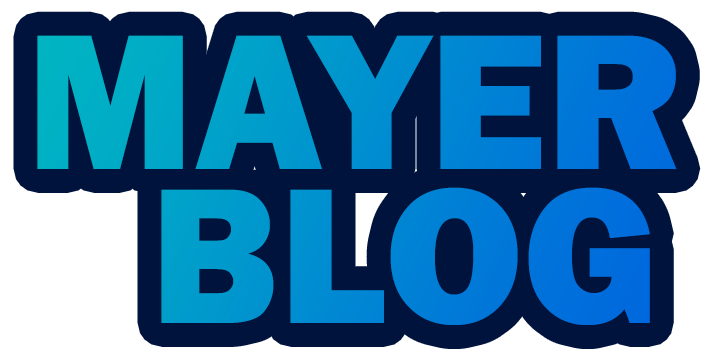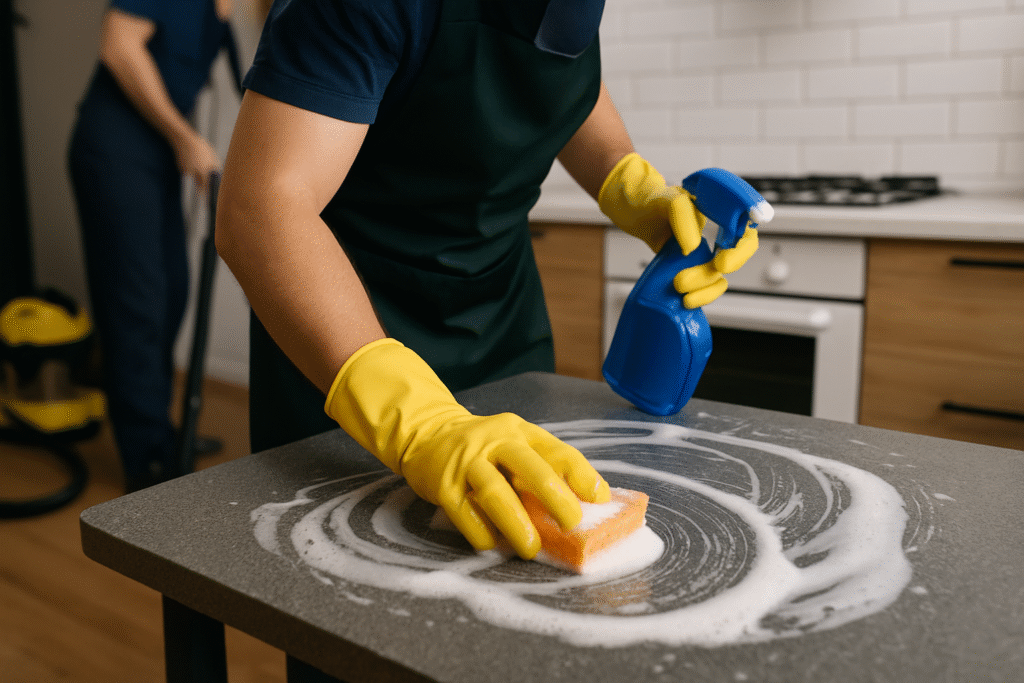Adapting to Remote Property Management: Tips for Modern Landlords
The property management landscape has seen a substantial shift in recent years, with an increasing number of landlords managing properties remotely. This trend has been accelerated by advancements in technology and the unique challenges presented by the COVID-19 pandemic. Remote property management offers the convenience of overseeing properties from anywhere, but it also requires a thoughtful approach to ensure that tenants’ needs are met and properties are well-maintained. Here are some tips to help modern landlords adapt successfully to this new model of property management.

1. Embrace Property Management Software
Property management software is essential for landlords managing properties remotely. With cloud-based platforms, you can handle everything from lease agreements to maintenance requests in one place, streamlining communication and ensuring that documents are securely stored. Many of these platforms also allow for online rent collection, tenant screening, and even offer automated reminders for payment due dates.
Popular property management tools, such as Buildium, AppFolio, and TenantCloud, have features specifically tailored to the needs of remote landlords. These tools are accessible from any device, enabling you to monitor your properties and communicate with tenants at any time.
2. Conduct Virtual Tours and Inspections
One of the main challenges of remote property management is assessing the property without being physically present. Thankfully, virtual tours and inspections have become more accessible and are well-accepted by tenants. Virtual tours allow prospective tenants to view the property online, saving time and money for both parties. Moreover, video inspections—either pre-recorded or live-streamed—enable you to assess the condition of the property and identify any necessary repairs.
For regular check-ins, consider scheduling quarterly video inspections. This gives tenants the opportunity to show you any issues and gives you peace of mind that your property is well-maintained. Many platforms also support 3D walkthroughs, making it even easier to gain a realistic view of the property’s condition.
3. Prioritise Clear Communication with Tenants
Maintaining open and efficient communication with tenants is crucial, especially when managing properties remotely. Set up clear channels of communication, such as a dedicated email address, a messaging app, or a property management platform that offers tenant-landlord chat functions. Let your tenants know when and how they can reach you and strive to respond promptly to any issues.
Establishing a sense of trust and transparency with tenants is also essential for remote landlords. Clear communication fosters a respectful relationship and can often result in tenants taking better care of the property. Consider regular check-ins via email or text, especially if you’re not available in person, to demonstrate your commitment to maintaining a positive rental experience.
4. Build a Network of Reliable Local Contacts
While technology enables you to handle many tasks remotely, it’s still wise to have a network of reliable local contacts who can respond to emergencies or address issues that require in-person attention. Building relationships with local service providers—such as plumbers, electricians, and general maintenance workers—can help ensure quick, dependable service when needed.
You may also consider hiring a local property manager on an as-needed basis. For landlords managing multiple properties remotely, this can offer peace of mind, knowing that someone is available to handle urgent matters and represent your interests in your absence.
5. Automate Rent Collection and Record-Keeping
Collecting rent is one of the primary responsibilities for landlords, and automating this process can simplify remote property management. Many property management platforms offer online rent payment options, allowing tenants to pay electronically. This reduces the risk of late payments, as tenants can set up automatic payments, and it allows you to monitor transactions remotely.
Automating record-keeping is equally important. Keep track of income, expenses, and maintenance records through a digital platform or accounting software designed for property management. Digital records are easier to organise and access, especially when filing taxes or handling tenant disputes. These tools also enable you to generate reports that can help you analyse the financial performance of your property over time.
6. Stay Informed on Local Laws and Regulations
Managing a property remotely doesn’t absolve you from understanding and complying with local laws and regulations. Housing laws, tenant rights, and health and safety regulations can vary widely, and being unaware of these rules can lead to serious issues down the line.
Stay updated by subscribing to local housing authority newsletters, following industry blogs, or consulting a local property attorney if needed. This is especially important if you manage properties in multiple locations, as each area may have different requirements. Being knowledgeable about your obligations can help you avoid legal disputes and ensure a smooth rental process.
7. Protect Your Property with Robust Security Measures
Security is another consideration when managing properties remotely. While landlords are not directly responsible for tenants’ belongings, the security of the property itself is crucial. Invest in good-quality locks, motion-sensor lighting, and security cameras, if allowed, to deter potential intruders and give tenants peace of mind.
For added security, consider installing a smart home system that enables you to monitor certain aspects of the property remotely. Smart door locks, for instance, can be managed via smartphone apps, allowing you to grant or restrict access as needed. This can be particularly helpful when allowing access to maintenance workers or new tenants.
8. Plan for Emergencies and Establish Protocols
Emergency situations, such as burst pipes, electrical issues, or other urgent repairs, can happen at any time. As a remote landlord, having a clear plan and protocols for emergencies is vital. Inform tenants of the emergency contact numbers and procedures to follow if they experience urgent issues.
Partnering with a 24-hour emergency service provider can also be a wise investment. With an emergency contact on call, you can rest assured that any issues will be promptly addressed, even if you’re managing the property from afar.
9. Consider Digital Marketing for Tenant Acquisition
Remote landlords can reach prospective tenants effectively through digital marketing. Websites like Rightmove, Zoopla, and OpenRent make it easy to advertise properties online and connect with potential tenants. High-quality photos, a detailed property description, and virtual tour options are essential to attract interest in your property without the need for in-person viewings.
Social media platforms, such as Facebook and Instagram, can also be beneficial for advertising properties and reaching a broader audience. Posting engaging content and joining local rental groups on these platforms can increase your visibility and help fill vacancies faster.
10. Establish a Clear and Comprehensive Lease Agreement
A strong, detailed lease agreement is essential for any rental arrangement, but especially for remote landlords who may face logistical challenges if issues arise. Ensure that the lease outlines responsibilities for both parties, covers maintenance protocols, and specifies communication channels. Be clear on issues like subletting, pet policies, and late fees to avoid misunderstandings.
Consider using an online platform for lease signing and document storage, so both you and your tenants can access the agreement easily. Electronic signatures are legally binding, and digital storage reduces the risk of losing important documents.
Remote property management is a growing trend, offering landlords the flexibility to manage their properties from anywhere in the world. While it presents some unique challenges, leveraging the right tools, establishing clear communication, and building a local support network can help landlords thrive in this new landscape. By following these tips, modern landlords can not only manage their properties effectively from afar but also provide a positive, well-maintained living experience for their tenants.




